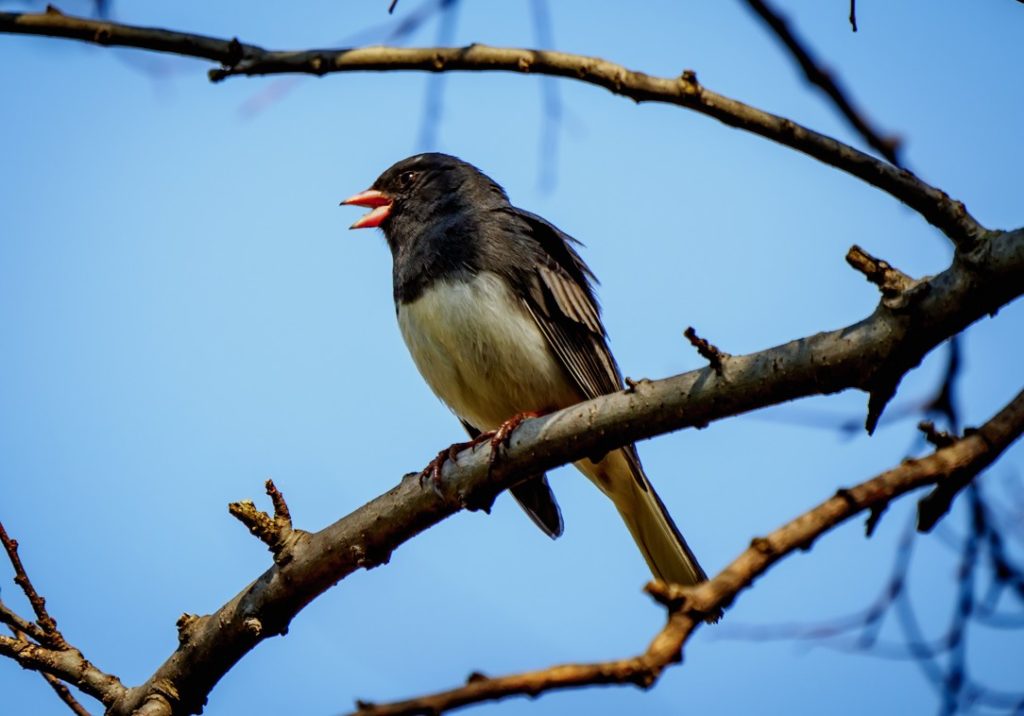
For everyone that cares about the world we live in, especially for those of us who love birds we received the saddest of news last week. 1in 4 birds, almost 3 billion of the most diverse and beloved creatures on earth, are now gone.
From the 1970’s till now many of our songbirds have become silent, others continue to decline in numbers from our forests and fields, and now, even our backyard birds like finches and sparrows have become far less common.
The plummeting numbers of these birds has been slow and sinister like a disease that seems to come out of nowhere and strikes without warning. But in fact that is not the way it happened and we should not be surprised to finally come to grips that we are losing many of our cherished birds. This time it is not an extinction threat of a single species but rather a steep decline in numerous diverse species, in many ways a more challenging task for the scientific community.

Anyone that has lived in New Jersey for a time and especially here in the northern part of the state witnessed the dramatic loss of our woods and meadows that we grew up enjoying. And since our backyards are in reality a habitat we have sadly also lost birds due to expanses of lawns which are a wasteland for birds, many of which are drenched with pesticides and herbicides.
Add to that the stresses of climate change, lights, glass buildings, feral cats, more pesticides and insecticides and it might make the most passionate conservationists throw in the towel. But fear not, all is not lost and this dire warning should mark a new day for those in the conservation movement.
At times in history we are at our best when all seems lost. When many people thought it was impossible we brought back the Bald Eagle from the brink of extinction, the Peregrine Falcon and Osprey were gone until good people in government and American citizens stood up and did the right thing. Today we continue to help waterfowl in North America increase their numbers by preserving wetlands around the country and the eastern Bluebird has been saved by volunteers putting up nest boxes for them and protecting their unique habitat.
What We Can Do:
- On a National level we all have to stand up together to protect the Migratory Bird Treaty Act, the endangered species act and the clean water act which today are on the endangered list themselves. And now more than ever we need to seriously deal with climate change, which not only threatens birds but in the end will take its toll on humanity itself.
- As individuals we should feel empowered. We will all now play a very critical part in bringing back our bird populations. We need to fight for open space in our State, counties and local community. Keep our cats indoors, prevent window strikes at home and at work, stay away from pesticides and most importantly, plant native plants and create bird habitat in your own backyard, schoolyard, business and everywhere we can.
Native plants are critical life support for our bird populations and are the foundation of a true wildlife habitat that will also save our butterflies and pollinators whose population also continues to be devastated.
We can have an almost instant positive effect on our environment by just adding natives to our homes. Plant a native and you have made our local environment a much better place.
We have proven what we can accomplish when all seems lost and good people join together to do what is right. This will be our last chance for us to step up and do what is right for generations to come. Let’s be sure those 3 billion birds have not been lost in vain.
